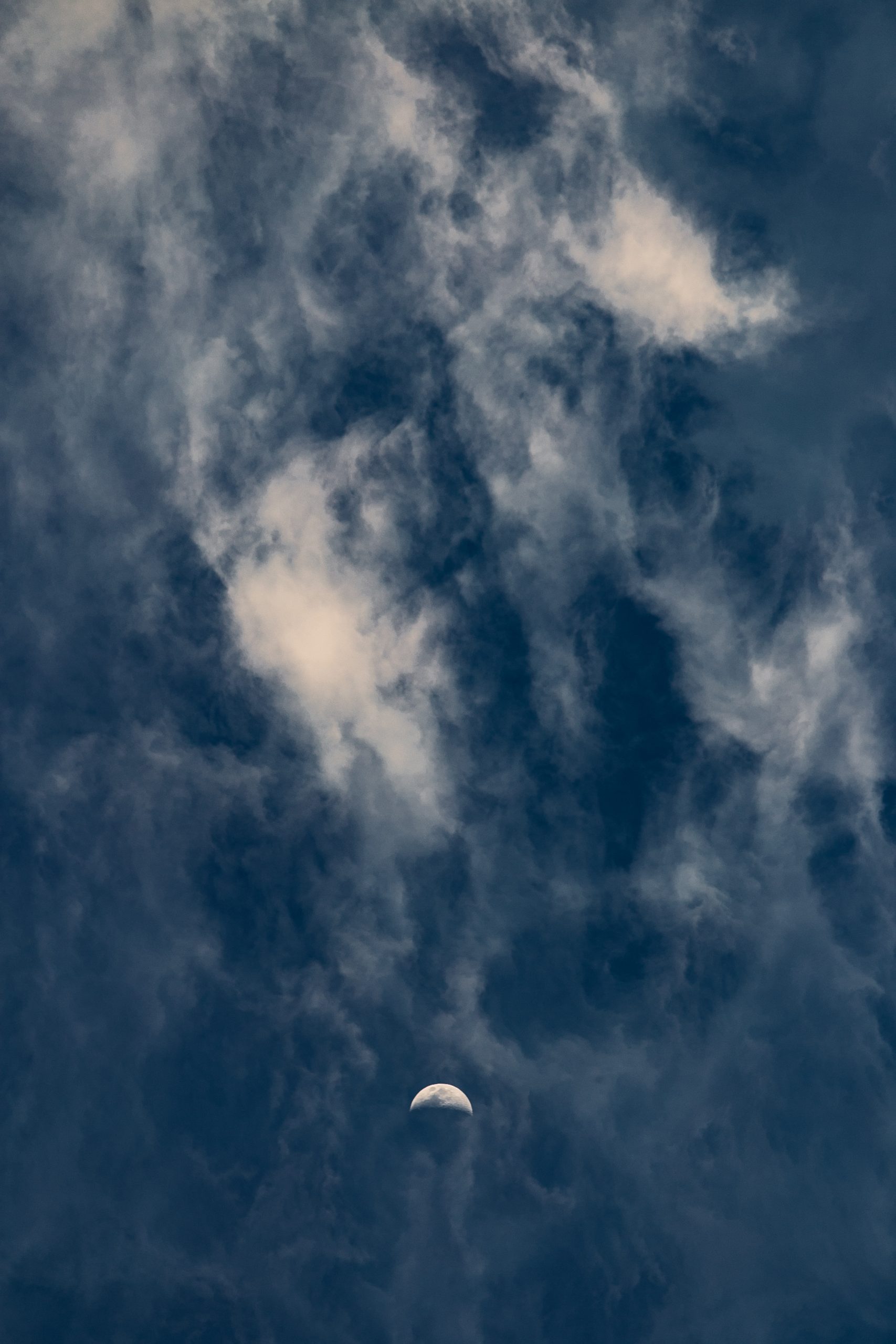Is a Moon Cycle a Month?
The moon has fascinated humans for centuries, casting its ethereal glow across the night sky and inspiring countless myths and legends. One of the most commonly known aspects of the moon is its cycle, which has been observed and recorded by civilizations throughout history. But is a moon cycle really the same as a month? In this blog post, we will dive deep into the science and mythology behind the moon cycle and explore whether it truly aligns with a month as we know it.
The Lunar Cycle Explained
The lunar cycle refers to the continuous cycle of phases that the moon goes through as it orbits the Earth. These phases include the new moon, first quarter, full moon, and last quarter, with various degrees of illumination in between. The entire cycle takes approximately 29.5 days to complete, which is often rounded up to 30 days for simplicity.
To better understand the lunar cycle, let’s break it down into its different phases:
| Phase | Description | Illumination |
|---|---|---|
| New Moon | The moon is not visible from Earth as it is positioned between the Earth and the Sun. | No illumination |
| First Quarter | Half of the moon is visible from Earth, resembling a semi-circle. | Increasing illumination |
| Full Moon | The entire face of the moon is visible from Earth, appearing as a perfect circle. | Maximum illumination |
| Last Quarter | Half of the moon is visible from Earth, resembling a semi-circle again, but on the opposite side from the first quarter. | Decreasing illumination |
Ancient Calendars and the Moon
Before the introduction of standardized calendars, many ancient civilizations used the moon as a basis for measuring time. These lunar calendars relied on the moon’s phases to determine months, often following the pattern of starting a new month with the new moon. The duration of these lunar months varied depending on the civilization, with some approximating 29 days and others 30 days.
It is important to note that these lunar months did not perfectly align with the Earth’s solar year, which led to complications in tracking longer periods of time. To reconcile this issue, many civilizations opted for a lunisolar calendar, which combined lunar months with the solar year to create a more accurate measurement of time.
Example: The Islamic Calendar
The Islamic calendar, also known as the Hijri calendar, is a classic example of a lunisolar calendar. It is primarily based on the moon’s phases but adjusts to the solar year to keep it in line with the seasons. The Islamic calendar consists of 12 lunar months, with each month determined by the sighting of the new moon.
However, due to the discrepancy between the lunar and solar cycles, the Islamic calendar is approximately 11 days shorter than the Gregorian calendar. Consequently, Islamic holidays, such as Ramadan and Eid, shift annually through the Gregorian calendar.
Modern Standardization of Months
With the advent of the Gregorian calendar, introduced by Pope Gregory XIII in 1582, the concept of a fixed month was established. The Gregorian calendar is a solar calendar with 12 months, each lasting either 30 or 31 days, except for February which has either 28 or 29 days during leap years.
The Gregorian calendar aimed to align the length of a year with the time it takes for the Earth to complete one orbit around the sun, which is approximately 365.25 days. By establishing fixed month lengths, the calendar created a consistent and predictable structure for tracking time.
The Misalignment of a Moon Cycle and a Month
Although a lunar cycle lasts roughly 29.5 days, it is slightly shorter than the average length of a month in the Gregorian calendar. This discrepancy between the moon cycle and the month is what ultimately separates the two.
If we were to assign a moon cycle to each month, a misalignment would occur after a few months. For example, after six lunar months, we would have a total of 177 days (6 x 29.5). In contrast, six Gregorian months consist of 184 or 183 days, depending on whether it includes a leap year. The difference between the lunar and Gregorian months would continue to accumulate over time, leading to a significant divergence.
Conclusion
While the moon cycle is approximately 29.5 days long, it does not directly align with the modern concept of a month in the Gregorian calendar. The lunar cycle served as the foundation for ancient lunar calendars, which relied on the moon’s phases to determine the length of a month. However, the introduction of standardized calendars, like the Gregorian calendar, established fixed lengths for months based on the Earth’s solar year.
While the moon cycle and the traditional month are not completely synonymous, both hold their own significance in different contexts. The moon continues to captivate us with its ever-changing phases, inspiring poets, artists, and scientists alike. Understanding the differences and connections between the moon cycle and a month allows us to appreciate the complexity of our calendar systems and the enduring fascination with the celestial bodies that grace our skies.
Table of Contents
